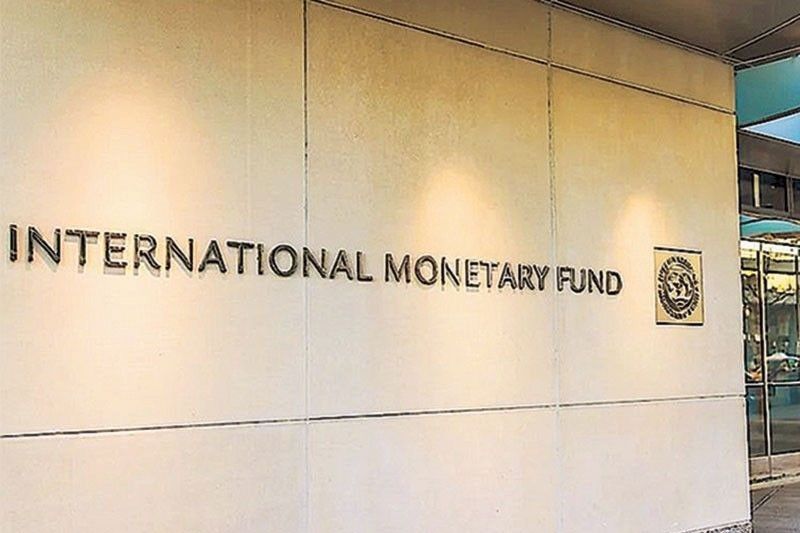IMF sees 6.3 percent growth for Philippines in 2026

MANILA, Philippines — The International Monetary Fund (IMF) forecasts robust economic growth for the Philippines as it sees a 6.3 percent expansion for the country in 2026, settling within the government’s six to eight percent target for next year.
In its latest World Economic Outlook update, the IMF gave its gross domestic product (GDP) forecast for 2026, higher than 6.1 percent projection for 2025 and the 5.8 percent estimate for 2024.
The growth forecasts for 2024 and 2025 were unchanged from the IMF’s previous WEO report, which was released in October last year.
The Philippine economy grew by 5.2 percent in the third quarter of 2024, slower than the previous quarter’s 6.4 percent growth. For the first three quarters, the country’s GDP growth averaged 5.8 percent.
According to an IMF spokesperson, GDP growth for the next two years is projected to be driven mainly by domestic demand such as consumption and investment.
“Consumption growth will be supported by lower food prices and gradual monetary policy easing,” the spokesperson told The STAR.
Investment growth is also poised to accelerate due to sustained public investment efforts, lower borrowing costs and increased activity in public-private partnership (PPP) projects.
The implementation of legislative reforms aimed at attracting more foreign direct investments (FDIs) would also bolster economic momentum.
Despite the optimistic outlook, the IMF cautioned that the balance of risks to growth remains tilted to the downside, primarily due to external factors. Recurrent commodity price volatility and potential supply shocks could lead to tighter monetary conditions if inflationary pressures resurface.
Escalations in geopolitical tensions might also disrupt trade, remittances, FDI and financial flows. The prospect of prolonged high interest rates in advanced economies could also tighten financial conditions and lead to capital outflows.
Moreover, natural disasters and extreme climate events remain a significant concern as they could disrupt economic activity, strain fiscal resources and weaken investor sentiment.
A slower-than-expected recovery in private domestic demand, particularly if reform implementation loses momentum, could also dampen growth prospects, the IMF said.
The IMF also flagged the potential negative effects of rising protectionist policies on global trade, investments, market efficiency and inflation.
“The impact of such policies would unfold differently across countries, influenced by trade and financial linkages, and would depend on the magnitude and nature of policy changes,” the multilateral lender said.
The IMF projects headline inflation to average 2.8 percent and three percent in 2025 and 2026, respectively. Both forecasts are within the two to four percent target of the Bangko Sentral ng Pilipinas (BSP).
“The BSP has room to continue to gradually reduce the policy rate and move toward a neutral stance. With inflation and inflation expectations returning to the target and the opening of a negative output gap, continued reduction of the policy rate will be appropriate,” the IMF said.
The central bank must also ensure that its policy stance continues to anchor inflation and inflation expectations firmly within the target band.
“Amidst prevailing uncertainty, a data-dependent approach, and clear and effective communication around policy settings will be important to manage expectations and provide clarity on the BSP’s reaction function,” it said.
- Latest
- Trending




























